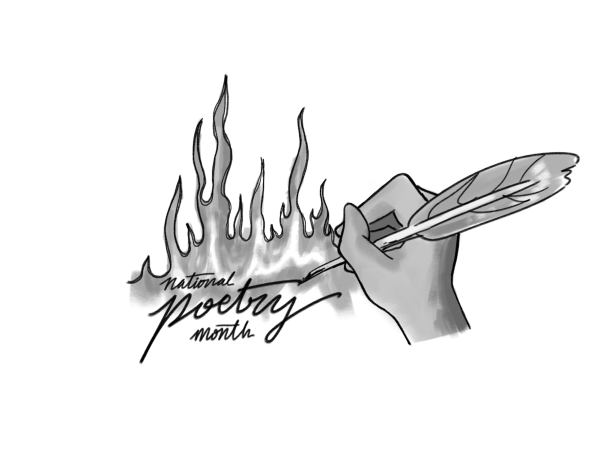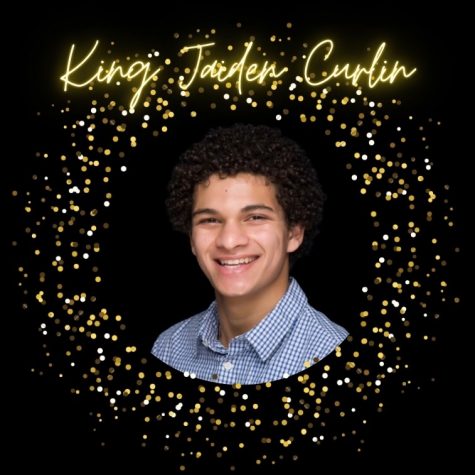Claremont resident donates love letters from T.S. Eliot
T.S. Eliot is widely regarded as one of the most influential and important poets of the 20th century. His works include famous poems such as “The Love Song of J. Alfred Prufrock” and “The Wasteland.” Yet, what is unknown to many is his link to the small town of Claremont, CA.
Eliot was born in St. Louis, Missouri, but moved to England as a young man and lived much of his life there. However, his story in Claremont starts with a potential love interest of Eliot, Emily Hale. Hale was a young actress performing in the New England area who Eliot met at a small show in Cambridge, Massachusetts on Feb. 17, 1913. Eliot spent much of his time in her company before expressing his true feelings for her in 1914. It is not fully clear what happened, but Eliot left disappointed and turned down, effectively ending communication between the two. A year later, Eliot married Vivienne Haigh-Wood, soon after moving to England. The marriage proved unstable, however, and in 1927 Eliot reconnected with Hale through letters. This began a long written correspondence between Eliot and Hale for the first time in 13 years. Hale later became a teacher at Scripps College, where she taught drama. From 1932-33, Eliot decided to return to the U.S. to lecture at Harvard University. During this time, Eliot came to Claremont for a week to visit Hale. Beyond these details, little is known of Eliot’s thoughts on Claremont and his relationship with Hale.
This will change in January of 2020. Hale, before her death, donated her letters from Eliot, with the knowledge of the poet, to Princeton University, with a specific condition.
“[The letters are to be] completely closed to all readers until the lapse of 50 years after the death of Mr. Eliot or myself, whichever shall occur later,” Hale wrote. “At that time the files may be made available for study by properly qualified scholars in accordance with the regulations of the Library for the use of the manuscript materials. To carry out this intention the Library is to keep the collection in sealed containers in its manuscript vaults.”
With Hale’s death on Oct. 12, 1969, Princeton University chose to set the release date of the letters for Jan. 2, 2020 — 50 years after her death. Now, as 14 boxes of 1131 letters have begun to be unsealed and made available from Princeton’s Firestone Libary, scholars and researchers are able to learn more about Eliot and his life. However, the letters may also reveal Eliot’s opinion on Claremont. Even if it is a small connection, Claremont will leave a mark on modernist history thanks to T.S. Eliot.
Hello there! Our goal is to provide relavent, engaging journalism for readers of all ages. Your donation will support the student journalists of the Wolfpacket at Claremont High School, and will allow us to purchase equipment, print our monthly issues, and enter in journalism competitions. We appreciate your consideration!

Stephen Nazareth is a senior at Claremont High School and a first-year reporter at the Wolfpacket. He also manages the Wolfpacket website. In his free...











